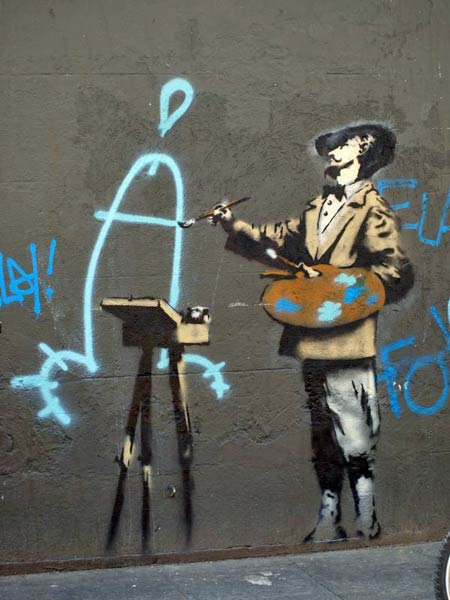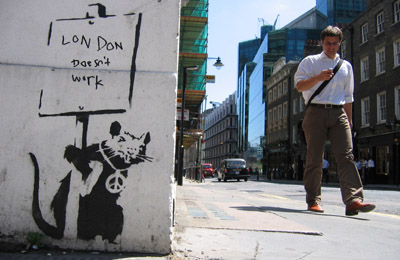Thursday 15 September 2011
Friday 14 May 2010
Wednesday 17 March 2010
Friday 12 March 2010
Tuesday 15 September 2009
Friday 21 August 2009
Thursday 23 July 2009
Monday 20 July 2009
Sunday 19 July 2009
Tuesday 14 July 2009
Thursday 30 April 2009
Wednesday 18 March 2009
Friday 6 March 2009
Thursday 26 February 2009
Wednesday 25 February 2009
Friday 20 February 2009
Wednesday 18 February 2009
Wednesday 11 February 2009
Wednesday 4 February 2009
Simon Starling, Shedboatshed
Shedboatshed (Mobile Architecture No 2) 2005 has a similar circularity. Starling dismantled a shed and turned it into a boat; loaded with the remains of the shed, the boat was paddled down the Rhine to a museum in Basel, dismantled and re-made into a shed.Both pilgrimages, provide a kind of buttress against the pressures of modernity, mass production and global capitalism.
Simon Starling, Tabernas Desert Run (2004)
Tabernas Desert Run (2004), bicycle fuelled by hydrogen and oxygen that he rode 66 kilometres across Spain's Tabernas Desert. The only waste product was water, which he then used to paint a watercolour of a cactus that he had seen on his trip.
Piero Manzoni
"Artist's shit" (Italian: "Merda d'artista") is a work of art by the Italian artist Piero Manzoni that was influenced by Marcel Duchamp's "Readymades".
In May 1961, Manzoni collected his own feces in 90 numbered cans, which contain 30 grams of feces each. He labelled them as "100% pure artist's shit" in Italian, English, French and German, and sold them for the price of their weight in gold. On May 23, 2007, an exemplar was sold for EUR124,000 at Sotheby's[1], and in October 2008, tin 083 was offered for sale at Sotheby's with an estimate of GBP50-70,000.[2].
Like Duchamp's "Readymades", "Artist's shit" questions the meaning of art as both cultural and consumer objects by inviting the viewer to confront a system that venerates cans of feces as works of art.[3]
In May 1961, Manzoni collected his own feces in 90 numbered cans, which contain 30 grams of feces each. He labelled them as "100% pure artist's shit" in Italian, English, French and German, and sold them for the price of their weight in gold. On May 23, 2007, an exemplar was sold for EUR124,000 at Sotheby's[1], and in October 2008, tin 083 was offered for sale at Sotheby's with an estimate of GBP50-70,000.[2].
Like Duchamp's "Readymades", "Artist's shit" questions the meaning of art as both cultural and consumer objects by inviting the viewer to confront a system that venerates cans of feces as works of art.[3]
Conceptual Art Definition
“ In conceptual art the idea or concept is the most important aspect of the work. When an artist uses a conceptual form of art, it means that all of the planning and decisions are made beforehand and the execution is a perfunctory affair. The idea becomes a machine that makes the art. – Sol LeWitt, "Paragraphs on Conceptual Art", Artforum, June 1967. ”
Tuesday 3 February 2009
Friday 30 January 2009
Saturday 24 January 2009
Thursday 22 January 2009
Wednesday 21 January 2009
Wednesday 14 January 2009
Subscribe to:
Posts (Atom)











.jpg)























